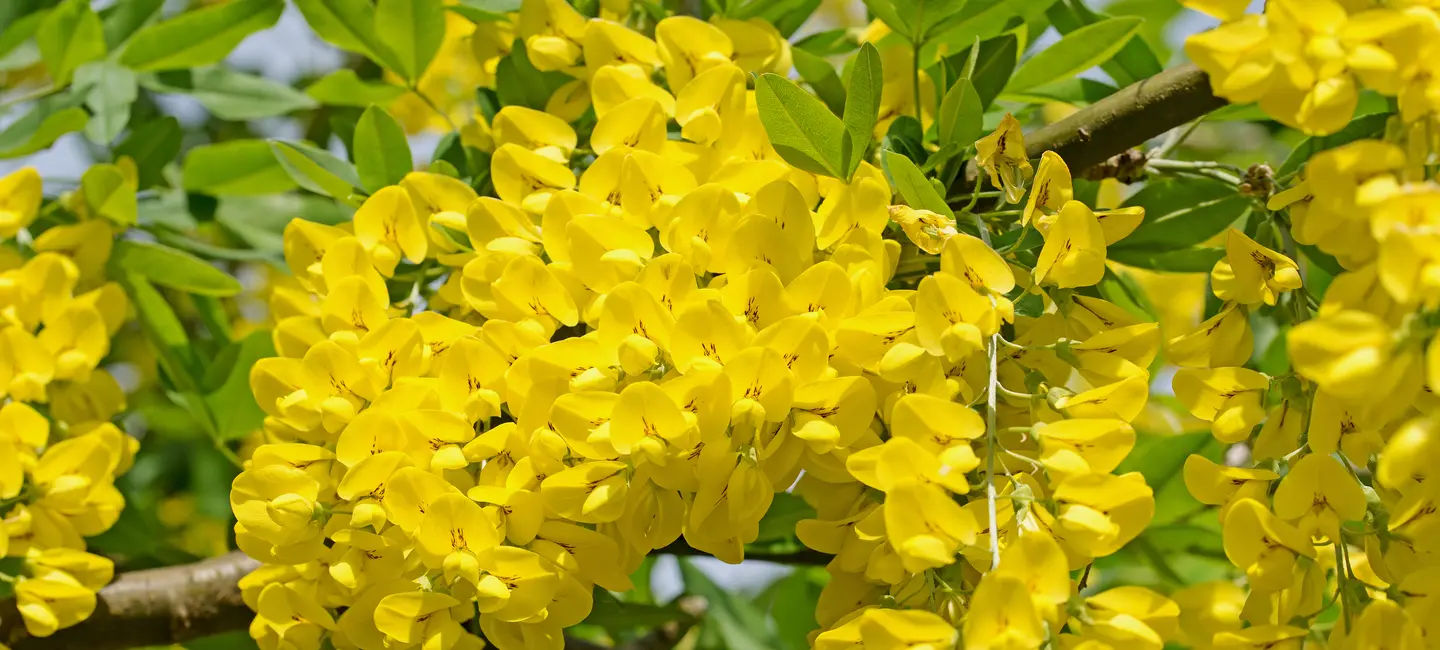
Laburnum is a small tree that grows in areas of Europe. The seed is used to make medicine.
People take laburnum to cause vomiting and for constipation, but there is no good scientific evidence to support these uses. Laburnum is also unsafe when taken by mouth. All parts of the plant are poisonous.
Be careful not to confuse laburnum and labdanum. They are different plants.
Is It Effective?
NatMed Pro rates effectiveness based on scientific evidence according to the following scale: Effective, Likely Effective, Possibly Effective, Possibly Ineffective, Likely Ineffective, Ineffective, and Insufficient Evidence to Rate.
- Causing vomiting.
- Constipation.
- Other conditions.
More evidence is needed to rate the effectiveness of laburnum for these uses.
Is it Safe?
Laburnum affects how parts of the nervous system work.
When taken by mouth: Laburnum is UNSAFE. All parts, including the seeds and berries, are poisonous. Eating as few as 15-20 seeds or 3-4 unripe berries can kill an adult. If you accidentally take laburnum, get medical attention right away.
Symptoms of laburnum poisoning include nausea; dizziness; salivation; mouth, throat, and stomach pain; sweating; headache; vomiting; diarrhea; spasms; paralysis; decreased breathing; coma; and death.
Special Precautions & Warnings:
Pregnancy and breast-feeding: Laburnum is UNSAFE and can cause death. Don't take it.
It is not known if Laburnum interacts with any medicines. Before taking Laburnum, talk with your healthcare professional if you take any medications.
There are no known interactions with herbs and supplements.
There are no known interactions with foods.
The appropriate dose of laburnum depends on several factors such as the user's age, health, and several other conditions. At this time there is not enough scientific information to determine an appropriate range of doses for laburnum. Keep in mind that natural products are not always necessarily safe and dosages can be important. Be sure to follow relevant directions on product labels and consult your pharmacist or physician or other healthcare professional before using.
Aubour, Bean Trifoil, Common Laburnum, Cytise, Cytise Aubour, Cytise Commun, Cytise Faux Ébénier, Cytisus alschingeri, Cytisus laburnum, Golden Chain, Golden Chaintree, Indian Laburnum, Laburno, Laburnum anagyroides, Legume, Pea Tree, Peatree.
Information on this website is for informational use only and is not intended to replace professional medical advice, diagnosis, or treatment. While evidence-based, it is not guaranteed to be error-free and is not intended to meet any particular user’s needs or requirements or to cover all possible uses, safety concerns, interactions, outcomes, or adverse effects. Always check with your doctor or other medical professional before making healthcare decisions (including taking any medication) and do not delay or disregard seeking medical advice or treatment based on any information displayed on this website.
© TRC Healthcare 2024. All rights reserved. Use and/or distribution is permitted only pursuant to a valid license or other permission from TRC Healthcare.
